Sticking to my recent trendof critically reading mass cultural pablum in spite of the fact that I have been confidently informed by certain friends who are clearly much more knowledgeable than I am that this is a useless activity because mass cultural pablum doesn’t contain subtext or additional meanings other than what’s on its “surface,” whatever that means, I here present to you my reading of the secondary promotional poster for the recent terrible film “Oblivion” starring Tom Cruise. “No reason not to”–my motto
LOOK AT THIS POSTER. “This poster has EVERYTHING” is what I said to my husband upon being stunned by the sight of it. The more common “Oblivion” poster featured him running down a collapsing bridge, so imagine my surprise when I stumbled across this additional one, so rich with meanings and implications, so embedded in centuries of cultural history. Like the zombie film, this kind of movie has so much to tell us about what we’re afraid of, and how we see the world and ourselves in it.
The most obvious place to begin pulling apart this image would be with Caspar David Friedrich’s painting, “Wanderer Above a Sea of Fog,” from 1818, as the Romantic Era is really getting rolling:
The comparison should be evident. Note even leg placement ‘pon craggy rock outcrop. The interesting stuff is what each figure is looking at. Friedrich’s painting has come to serve as a visual representation of the aesthetic category of the Sublime , which, boiled down horribly, has something to do with the feeling you get from being in the presence of (or, perhaps, even contemplating from a distance, via a painting or movie) a vast force capable of wiping out your puny existence. In the 18th and 19th centuries this force was very much tied to NATURE, the idea of something cosmic and gigantic, much too immense and complex for your solitary human figure to make a dent in or even protect itself from. That which was beyond the human was terrifying, and huge, and exciting, and thrilling. The sublime in this period pops up in paintings like a lot of Friedrichs’–scenes of ships being wrecked by waves or crushed by ice, e.g.–in gothic novels, where the heroine is kidnapped by bandits and dragged through craggy inhospitable mountaintops and past pounding rivers and waterfalls, away, away from the world man hath wrought and into the unknowable, inscrutable enormity of God’s Creation, and of course in Romantic poetry, where dudes are constantly rhapsodizing about the power of nature and how it makes them feel so intense, like a woman but better. Frankenstein’s Creature is famously characterized by the sublime–he only shows up when there’s a thunderstorm or an avalanche; he’s always scaling the sheer faces of cliffs and being untouched by the cold. BEYOND THE HUMAN
The crucial feature of the sublime, as theorized by people like Edmund Burke and Immanuel Kant, is that the struggling individual consciousness then somehow DOES conquer the vast terror with which it is confronted. The Wanderer Above the Fog is at first cowed and humbled by the immensity of nature he is surrounded by, but then, using his intellect and his superior sensitivity, he finds a way to understand and enjoy the vision instead of being crushed by it. Usually this understanding is reflected in a poem or something. Lots of interesting gender stuff going on, too, where the poets figure Nature as an erotic female love object who they ultimately ascend and conquer and become one with, and then they write a poem about how writing the poem was like giving birth, except way harder and also with a much cooler outcome, which is annoying.
These kinds of ideas and images are very familiar to us, we’re very comfortable with the idea of looking at a waterfall or Jupiter or the Grand Canyon and being like “HOLY SHIT I AM TRULY TINY” and then dealing with it and coming to a place of feeling awed by the beauty of the world and by the joy of getting to be a conscious subject living amongst it.
But slowly, across the later 19th century and into the 20th, these images and experiences began changing. The invention of the steam engine, the expansion of the railroad, the automobile, modernization, urbanization, factories, smoke stacks. Where the 19th century was rife with stirring natural landscapes, many of the images made by early 20th century denizens to indicate their feelings about their time period are suffused with smoke and smog and the implication of the pounding of machines. The railroad was so amazing, such a miracle of science, and yet there was something disturbing about it, about traveling that quickly, about what this miracle was doing to the landscape and how it was changing the age-old rhythms of life. For thousands and thousands of years, no human could travel faster than a horse could run, and now this? People found it difficult to make sense of. Additionally, the machine age and the railroad dramatically influenced normal daily life. For example, the main reason we have standardized time is because of the need for there to be comprehensible train schedules. For eons, the hours of the day were vague and agreed upon by consensus. There was “morning,” which was when the sun came up, and then “noon,” which was when the sun was overhead and you ate lunch, and then “night,” when the sun set. Bells rang to let you know it was time for church. Beyond that, it didn’t matter that much for everyone to know what time it was, or for everyone to have synchronized watches. Actually “what time is it” is an incredibly abstract, weird, made-up concept, when you think about it. “It’s time to milk the cows because their udders are full” vs. “It’s 5:47,” which of those makes more sense?? But so with trains, suddenly there was a real need to get everybody on the same to-the-minute time schedule. So basically the British railways forced everybody to respect their train schedules starting around 1840, and in 1888 the government instituted standardized “London” time. Now it’s “noon” even if the sun isn’t right overhead, because that’s when the train has to be loaded so it can leave quickly thus maximizing profits GO GO GO IT’S CAPITALISM.
People revolted! There were petitions from towns, demanding that the government not force them to adhere to this ridiculous made-up clock-time thing. Lots of towns insisted on keeping their town clock set to its old standard and refused to switch to Greenwich Mean Time. Obviously this rebellion was unsuccessful, and here we all are, nickel-and-diming the moments of our life to death.
After the train, you get stuff like World War I, which was basically the primal scene of modern consciousness. (It started exactly 100 years after Friedrich painted the Wanderer Above the Fog!) No one could believe anything so horrible could happen. The first mechanized war. Once again, the way something had gone for thousands of years was suddenly catapulted into speeds and numbers no one had ever imagined before. From thousands of war-dead to MILLIONS AND MILLIONS. Whole towns left without a single male aged 18-25. A generation left spinstered and fatherless. For thousands of years if you wanted to kill somebody you had to step right up to them and run them through with a knife, and now all of a sudden it’s waves and waves of human beings mowed down with machine guns. No one could believe it, it was like even while it was happening everyone was like “OHHHHHH MY GOD WHY”
They called it “The war to end all wars.” Like surely this is the worst thing that could happen, and after this no one in their right mind would ever dream of starting a war again. That is so sad to me. Because now, nine million dead is like, a kind of quaint number. Like that’s just how many people died in the HOLOCAUST, one very localized bloodbath in WWII, it doesn’t even account for all the additional people who died just regular, as soldiers and civilians, in that war. Nobody even knows how many people died in World War II. It’s like fifty million to eighty five million. Imagine a time when 9 million total deaths was so astounding a number that it caused generational trauma. Then remember that those wars aren’t even that far apart–tons of men FOUGHT IN BOTH OF THEM. No wonder nobody smiled in a photograph until like 1985.
Where once Man walked into Nature and felt comforted by its vastness, people began seeing how easily they were turning Nature into smoking craters filled with rotting corpses; how easily they were cutting tunnels through mountains and traveling at unheard-of-speeds, belching black smoke into the sky, obscuring the sun. Where Nature was once indisputably the badass in the scenario, now she became threatened and fragile. For the first time Mankind sees that it’s not the waterfall that is the ultimate vast force to be conquered, it’s HIS OWN WORKINGS. Here too we see the birth of the environmental movement.
So in the 20th century representations of the Sublime shifted. Gone are the waterfalls, the seas of fog, the craggy mountains. Now, to effect that same feeling of confronting something vaster and more unknowable than humanity or the individual, the mountain was replaced by the DAM, the SKYSCRAPER, the SPACESHIP.
The city came to serve as a kind of stand-in for the all-encompassing grandiosity and even pseudo-religious reverence/terror that scenes of tremendous Nature used to inspire. Now people were awed, terrified, but then ultimately stirred and invigorated by the ever-higher skyscrapers made possible by human technology; by flights into space; etc.
Still often an interesting gender element, though, as the machine-sublime was STILL FEMINIZED just as “Nature” had always been. Ahem:
And for example please enjoy this quotation, which was written in 1906 by Edward Fuchs, noted Marxist:
Woman is the symbol of that terrifying, secret power of the MACHINE which rolls over anything that comes under its wheels, smashes that which gets caught in its cranks, shafts, and belts, and destroys those who attempt to halt the turning of its wheels. And, vice versa, the machine, which coldly, cruelly and relentlessly sacrifices hecatombs of men as if they were nothing, is the symbol of the man-strangling Minotaur-like nature of woman.
So, that’s pretty fun. And I think you can see what’s happening here. The Sublime used to cause a sort of pleasurable unease or fear. It was enjoyable, to encounter something insane and amazing in the natural world and then think about it rationally and come to terms with it. But now we see this kind of traumatized Freudian anxiety creeping in. Nature was eternal and God-created; it couldn’t be destroyed by anything humans did, and so in its very implacable permanence it served as maybe an emblem of the eternal, the covenant between God and Man, etc. NOW WHAT? What do these skyscrapers, this hole in the ozone layer, what do they mean, for us? What have we done? And the feminine element–the maternal, sexy Nature that you could subsume into your manly consciousness using reason, what is that feminine element now? The churning, soulless cranks and cogs chewing you up and spitting you out, because feminism and Hillary Clinton!!! Now the terror embedded in the sublime ceases to be an enjoyable intellectual terror and starts being REAL TERROR, like actually no, I don’t think I can conquer this or figure it out. This all might actually be too big for me to deal with, plus now I live in a culture that doesn’t automatically affirm my white maleness as next to godliness.
Into this psychological mishmash begins stepping the genre of fiction and cinema colloquially known as “earth fights back” stories.
The 2012 one is particularly cool. “We Were Warned” refers to the Mayan prophecy, but were we not warned in other ways as well? Were we not warned about the effects of our great technological miracles? Were we not warned about global warming, the melting of the polar ice caps, the destruction of the rainforests, mining, fracking, flatscreen TVs? Well, we were, and the Earth has HAD IT.
There’s also a pleasure embedded in these kinds of sublime images. It’s worth pondering why it’s now a trope of the blockbuster film to depict New York being obliterated by a tidal wave or something. It gives us a terror-pleasure that on the one hand is very similar to the 18th and 19th century Sublime–contemplating a force much stronger than ourselves–but that on the other hand is profoundly different–rather than resisting destruction, humanity totally capitulates to it. There’s a certain RELIEF in submitting to the tidal wave that is totally lacking in earlier art. There’s a RELIEF in being the last person on earth; in not having to go to your job anymore; in not having to WORRY ABOUT IT anymore.
What I think is most interesting about the Earth Fights Back genre is that it reveals that we’re actually entering a NEW version of the Sublime. This new version COMBINES. It is about the skyscraper AND the waterfall, if you will.
The waterfall–Nature–has overcome the works of Man. The great miracles of Humankind have been reclaimed by the Earth. The Statue of Liberty, once so grand and sublime herself, is now buried in sand and senseless, the last remnants of humanity picking listlessly for debris in the shadow of her extinguished torch. And now the feeling of the Sublime, which was once attained by contemplating the greatness of the waterfall and then by contemplating the miraculous works of Man, is now attained by contemplating the terrible YET RELIEVING idea of the waterfall conquering the the works of man. It’s come full circle in some sort of grim, self-hating way.
Finally, the one throughline that remains unchanged between the 18th century and today is the figure of the noble, heroic individual, always a man and almost always a white man (Will Smith being the only exception I can think of) who must make sense of the immensity before him in order to become an actualized subject. The Wanderer Above the Fog has to retain his rational, individual superiority over the more powerful yet mindless Nature which he contemplates, so that he can contain her powers in a poem or painting and thus have his human selfhood soothed and reaffirmed. Tom Cruise must confront this staggering image and not only not be driven mad by it but, presumably, use his Reason to figure out what happened and then fix it (which is what does happen in the film, also the alien overlord that has destroyed all the Earth is this sort of triangular-shaped entity with a female voice and avatar, just saying). Also, it turns out he is a clone and there are millions of him, so his individuality is even further threatened, and there’s literally a scene where he STRANGLES HIMSELF TO DEATH, because the self-actualized Tom Cruise has to conquer the blind clone Tom Cruise. He has to overcome HIS OWN LACK OF INDIVIDUALITY in order to become a heroic individual. Jesus!
Note also the Yankees cap.
Through all these changes we’re still just a guy who wants to feel like he’s special even in the face of overwhelming evidence to the contrary.

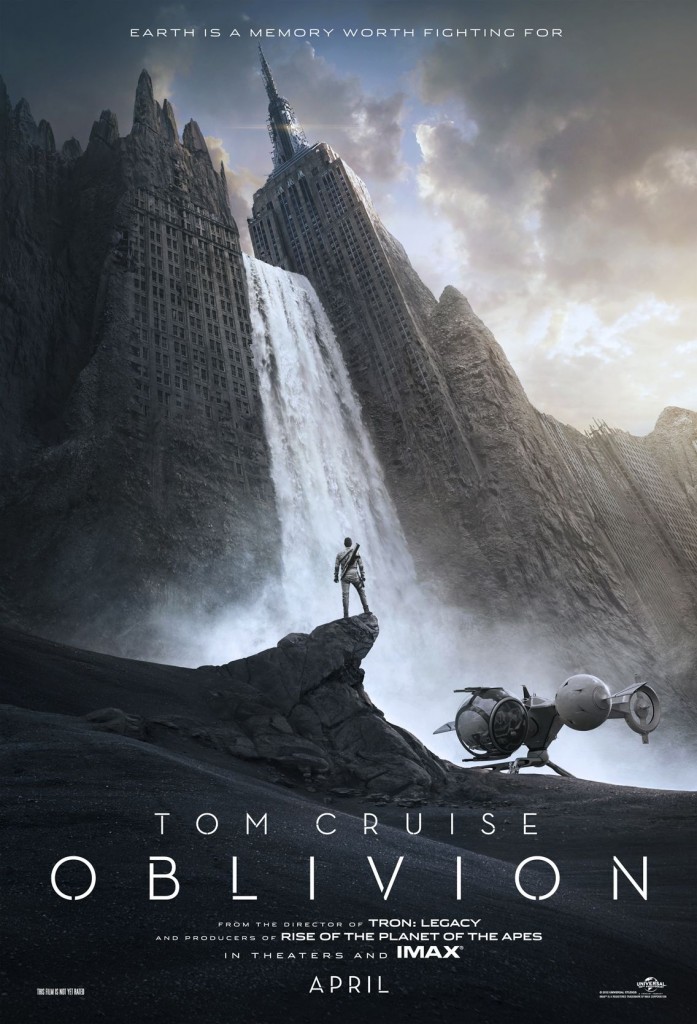
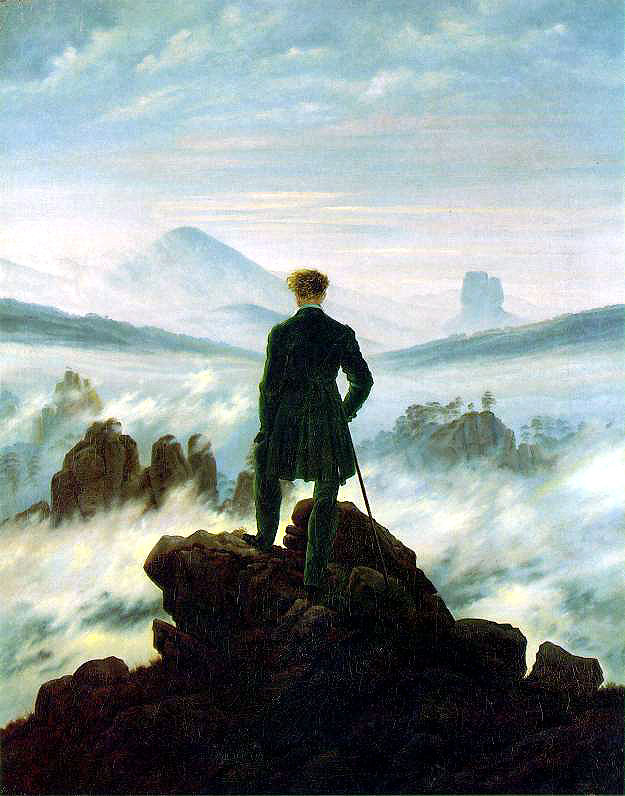
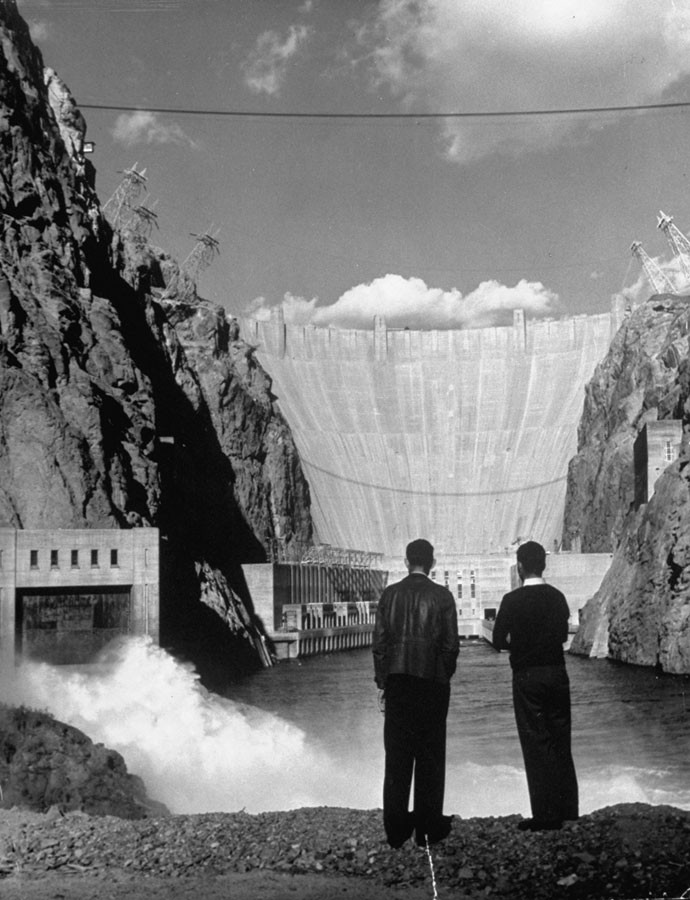
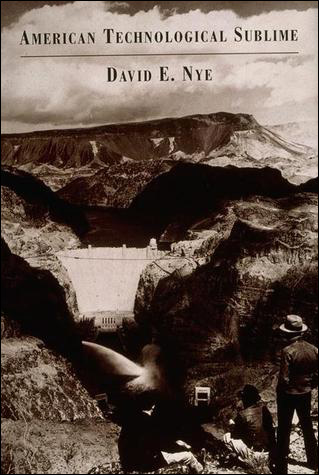
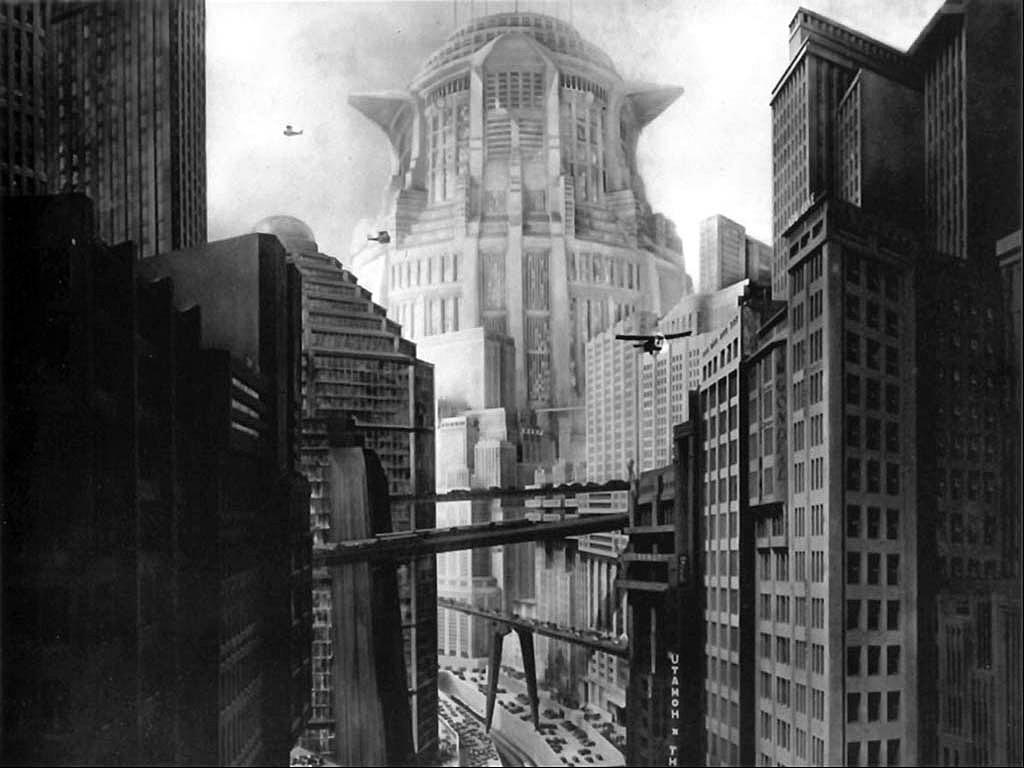
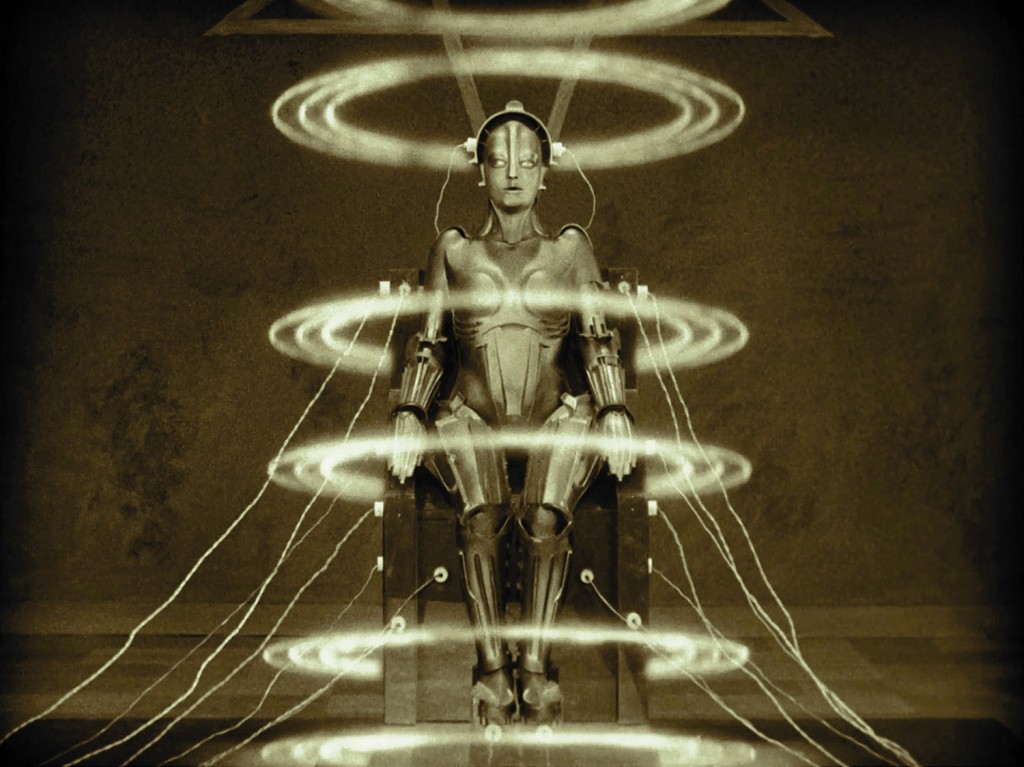
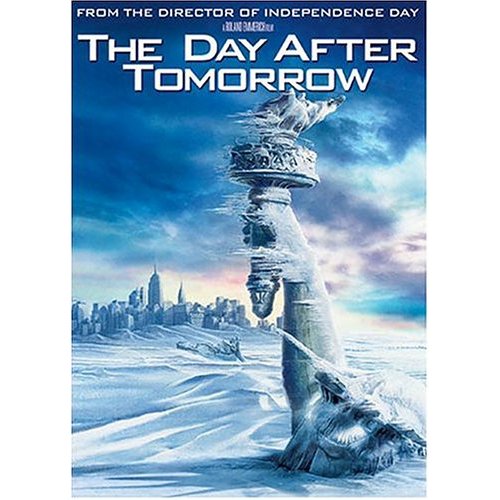

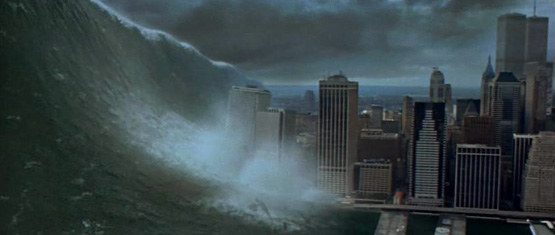
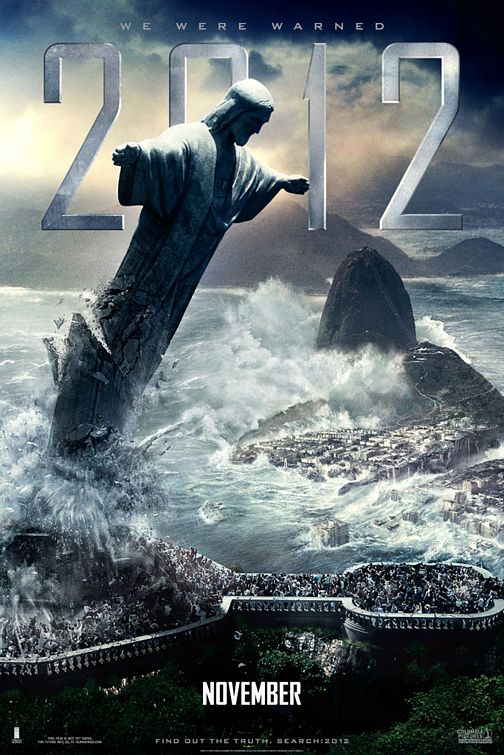
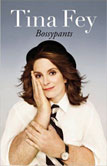
You’ve seen the intro to the original BioShock, right? That whole game is totally in the combined sublimes area: http://www.youtube.com/watch?v=pHJhtvNyvVg Also the WTF Ayn Rand area, not so shockingly.
I notice that the many mass markety books I consume also reflect back cultural issues (notably social & gender issues, although fantasy can go all over the place) in an interesting manner.
Man, this entry has been so much on my brain since I read it yesterday! I went to this incredibly boring party where people were playing good romantic music VERY badly and I just kept on thinking about this entry….
OK so, two thoughts. First, I finally realize why the best music COT plays is mechanical or urban in nature. We play mid-century/late 20C music and that is the sublime of the era! duh! I’m currently in search of an amazing composer to make my dream of an apocalypse wind quintet a reality to bring us in to the next century. (The City of Tomorrow: ALL FUCKED UP BY TIDAL WAVES.)
Next, a brief thought about Frankenstein. It occurs to me that we are IN the age of F’s monster. Because him being closely tied to the nature sublime PLUS being manmade it’s like BOOM– Shelley’s a fortune teller. Anyway, I am pretty hung over from having beers and dancing and never doing those things anymore. And also, OMG I need to pack. But I hope you’re doing well. I hope there is a conference or some Jazz in Memphis sometime and you can come visit us!
AWESOME!
Yes! I meant to go deeper with Frankenstein but then I got distracted. You’re totally right!!! I mean, that book is ALL ABOUT the hubris of science biting humanity in its ass, obviously. He is totally a combo of natural/techno sublime.
I would love to hear an apocalypse quintet
I love your call about techno urban music being the contemporary sublime too!
whoa